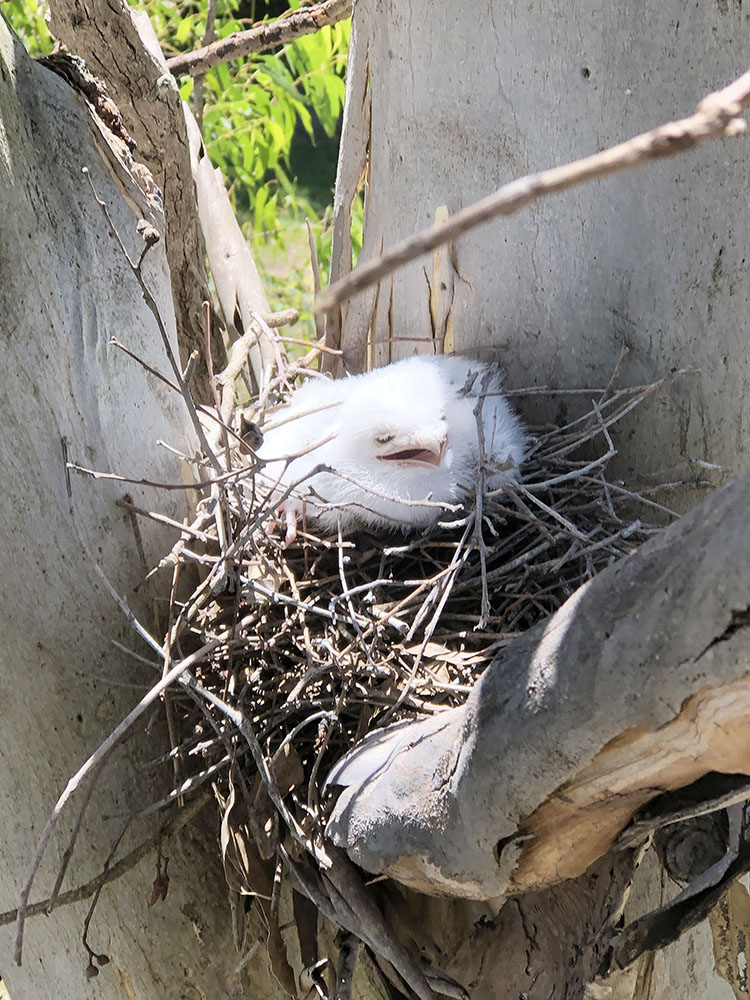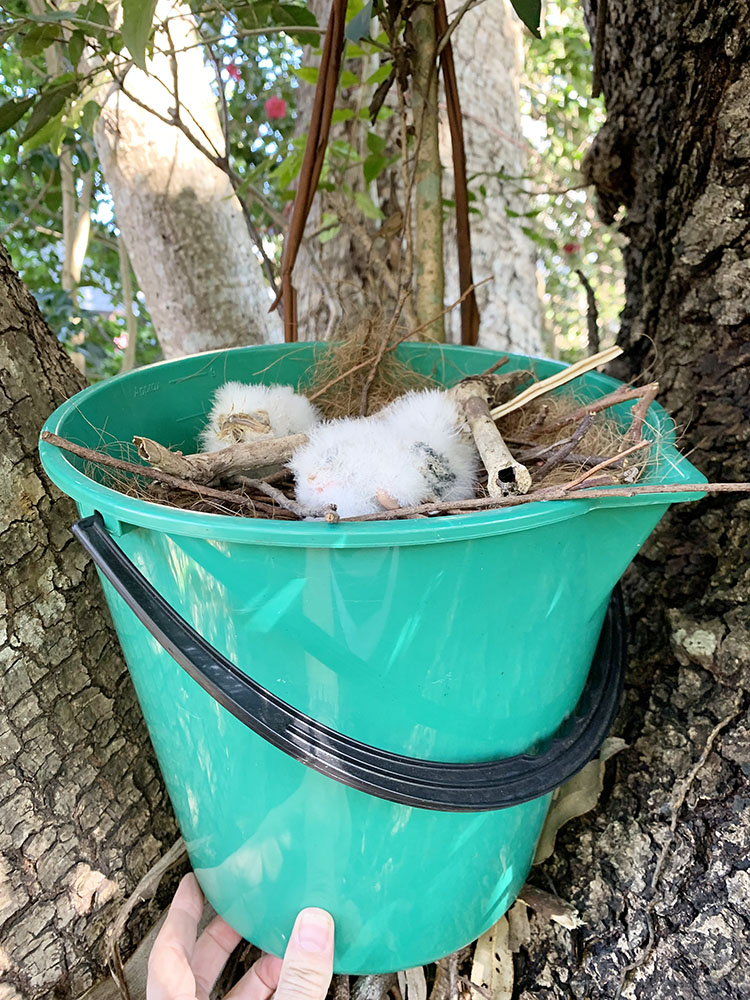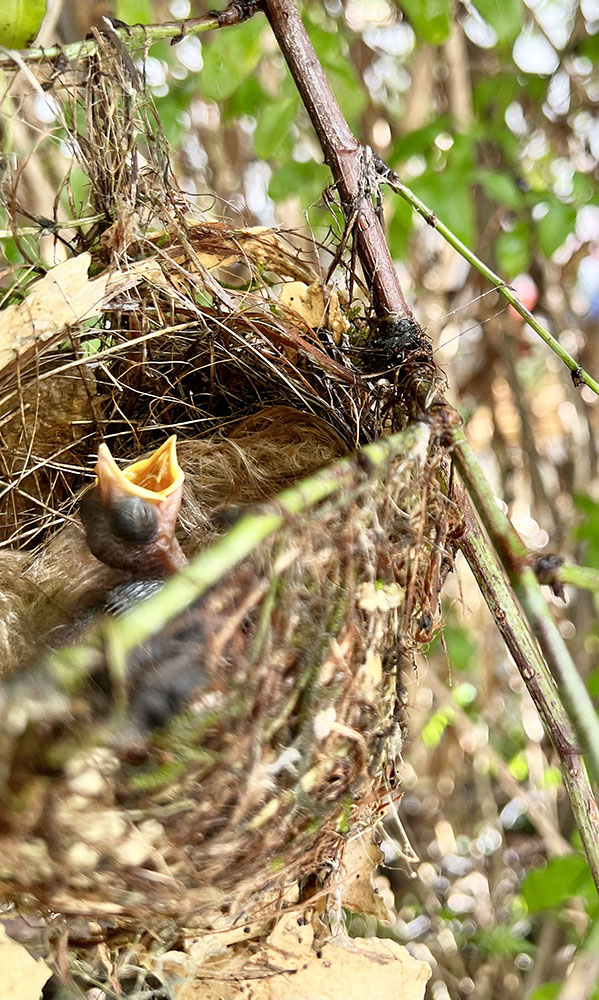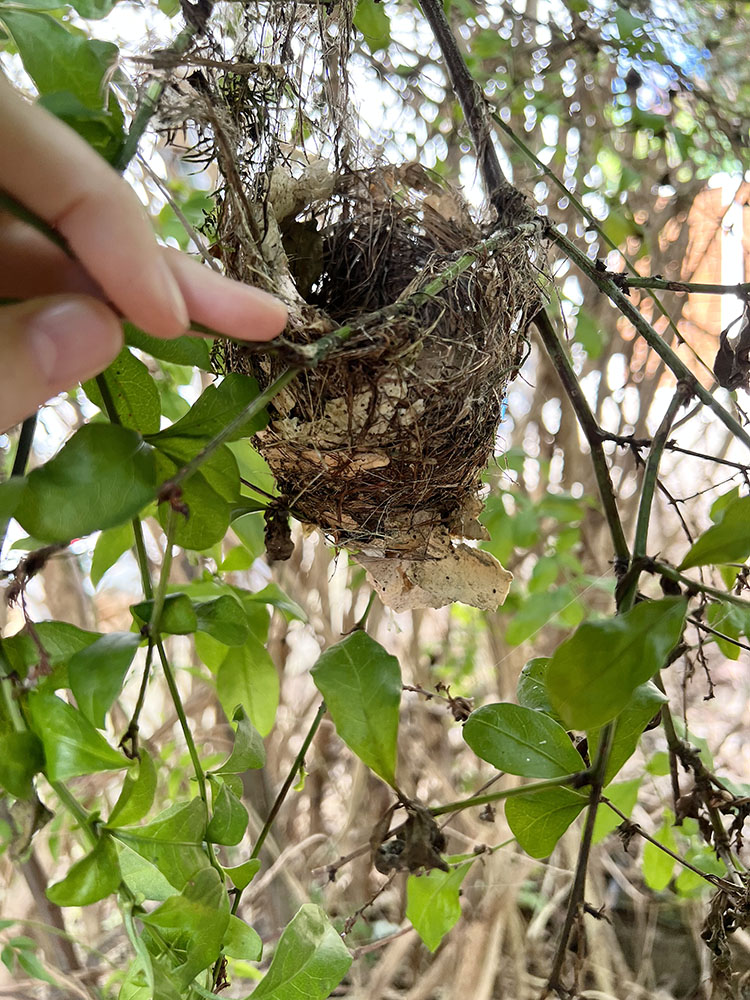Parent Birds Are Becoming More Creative …
Our Australian Native Birds build a diverse range of nests for their young each year. Not all of them are up in a tree. Kookaburras and lots of Parrot species rely on tree hollows in very old trees. Sometimes, the Kookaburra will make do with laying their eggs in an arboreal termite nest. There is a concern, that with the rapid loss of old trees that have formed hollows in their trunks and large branches, that the next generation of birds will slowly die out as nesting sites become very hard to find. With the loss of habitat for birds to nest in becoming more of a problem, parent birds are becoming more creative with building nests in and around buildings and our homes.
Welcome Swallows will make their nests out of mud and often attach them to the eaves of houses. If nesting that close to your house is a problem and nests need to be removed, it is best to wait until the chicks fledge. This will only take 4-5 weeks from hatching, and they will be out and about with parents in no time. At this time, it will be safe to remove the nest.
The nests of some species are so sparse that they are hardly recognisable. For example, the Tawny Frog Mouth make a nest of a few twigs put together and either resting on a wide horizontal branch or in a tree fork. These nests often fall out in storms but as long as a parent is still around, any babies are fine if placed next to parents in the nesting tree. We have seen parents raise their young on the pile of woodchips when their tree was removed.
How can we help?
- Be aware when cutting hedges, that small birds can make tiny nests in them that may look like a spider’s web. Crested Pigeons often make hedges their home.
- When gardening or moving soil around a retaining wall, be mindful that birds like the tiny Pardalote make their nests burrowing into the soil of the embankment. If the nesting area is destroyed then a reunite won’t be possible, so babies will need to go to an experienced carer.
- Retain old growth trees on your property so they can be nesting sites for the future. It takes 100 plus years for a hollow to form large enough to nest in – so these trees are very valuable.
- Put nesting boxes up in your trees as an alternative for hollow nesting birds if you don’t have any old growth trees on your property.
- If a nest or babies have fallen out of a very high tree and putting them back is not possible, we have had great success using a makeshift nest created with a bucket or basket filled with leaves/ straw and holes in the bottom for water drainage. This can be attached with cable ties or rope.




For Help With Wildlife, Please Call:
RSPCA 1300 ANIMAL
Wildcare 5527 2444
By Sherryn Fraser
Registered Wildlife Rescuer, Rehabilitator and Vet Nurse
Photos by Sherryn Fraser: